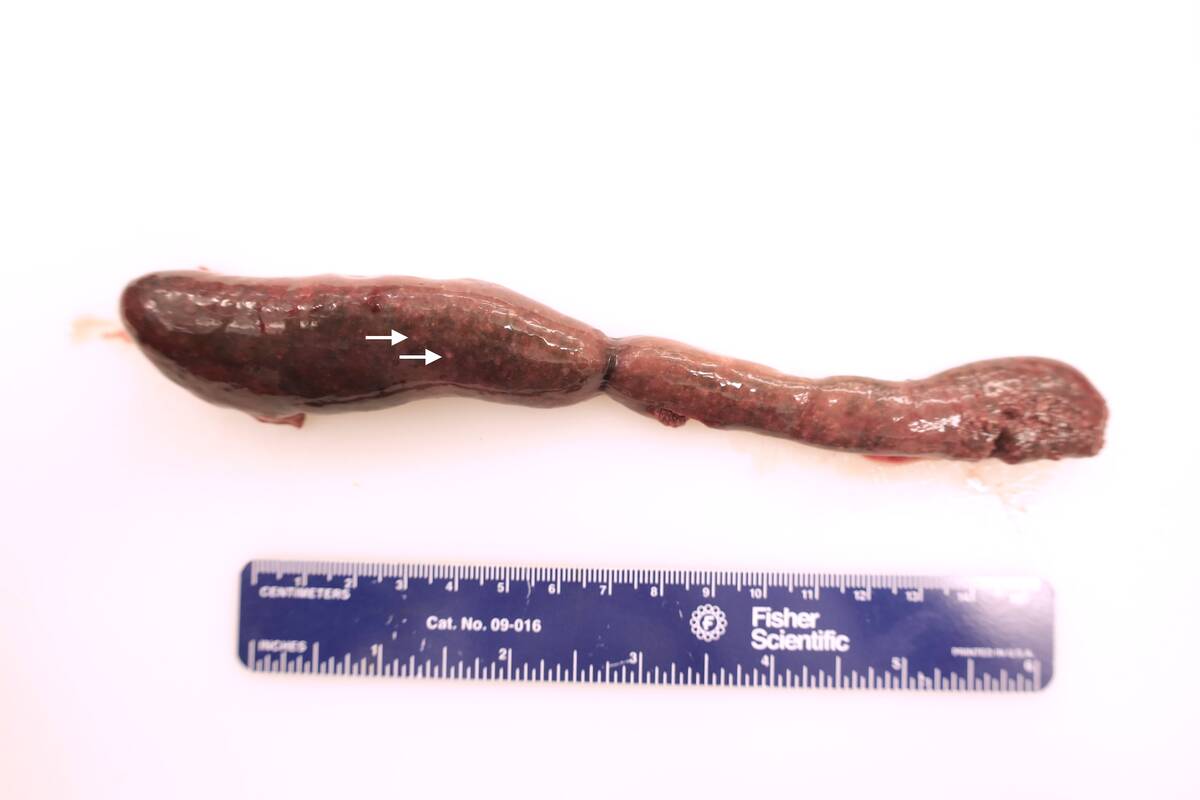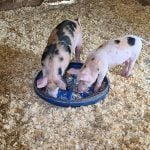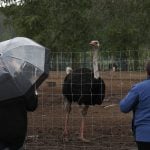Saskatchewan continues to struggle to meet its BSE testing target, and producers agree that has to change.
However, they also say there has to be an incentive to test their animals.
Producers attending the recent Saskatchewan Cattlemen’s Association annual meeting debated a resolution calling for a $4 levy on marketed animals to create a compensation fund for tested animals.
An amendment altered the resolution to ask the association to investigate the logistics of such a levy and bring it back to the membership next year.
Read Also

Tularemia continues to pose health risk on the Prairies
The pathogen that causes tularemia can survive for months in the environment, including wetlands, and is spread through direct contact or inhalation from these sources.
In 2014, Saskatchewan hit only 40 percent of its target of 7,500 BSE tests.
Henry McCarthy, a veterinarian and cattle producer from Wawota, said he sees the situation from both sides.
He said testing is critical to move from controlled risk to negligible risk status and keep markets open.
“We’re still fighting COOL (U.S. country-of-origin labelling) and we’ve gained some access to the European market for 2016, and if we leave ammunition on the table for people that would prefer not to see this happen, that’s our fault because we didn’t come up with these target levels,” he said.
However, he said he is also worried that animals are going to market when they should be euthanized at home and tested.
“I am seeing a lot of animals going to market that I would have tested two or three years ago,” he said.
It puts the industry at risk of public scrutiny about humane practices, he added.
Brad Wildeman of Pound-Maker Ag Ventures at Lanigan, a past-president of the Canadian Cattlemen’s Association, said new transportation protocols should prevent loading those cows on a truck.
The flip side of that is fewer tests.
“The ability to actually get cows in to be tested at the slaughterhouse, which used to be the main source of testing for some of these cows, has been eliminated. You simply can’t load them,” he said.
Others said that it takes too long for the Canadian Food Inspection Agency or a veterinarian to come to ranches to test the appropriate animals.
Eligible animals are those more than 30 months of age and dead, down, diseased or unfit for transport.
However, the lack of meaningful compensation for those animals doesn’t offer much incentive to have the test done.
“If you’re not getting paid for them, how charitable are you going to be?” Wildeman said about why many producers have never tested for BSE or no longer do so.
“Are you going to be the next guy that’s going to expose the industry to the kind of risks we’ve had in the past?”
The national BSE surveillance program pays $75 to producers for every eligible sample and $100 to private veterinarians $100 per trip, although there could be other costs such as mileage.
McCarthy, who brought the original resolution to the floor, said producers have more money than they used to because calf prices have been so strong. As a result, paying an additional levy to establish a compensation fund would encourage more tests.
SCA director Garrett Hill had a more direct approach to the problem: shooting downer cattle, cutting off their heads and storing them in the deep freeze until a vet can do the test.
“If we don’t get these animals tested, these markets are going to close,” he said.
“People gotta do this.”
karen.briere@producer.com















